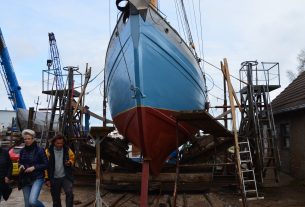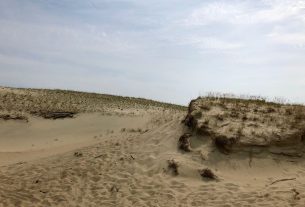LOCATION
In the Middle Ages the Lower Vistula River used to separate already Christian Pomerania from the land of Pagan Prussia. The political intention to convert them into Christianity resulted in the establishment of the State of the Teutonic Order in this place in the 13th century. The Teutonic Knights implemented their Christianising mission on the east, but they also formed a modern and wealthy country, the traces of which are magnificent Gothic buildings – both castles and churches. Malbork and Vistula towns are a tourist gem. Malbork, 54°2′N 19°2′E (Germ. Marienburg) and Gniew (Germ. Mewe), both famous for their magnificent castles make a perfect base for sightseeing the neighbourhood.


photo source: own photos.
SIGHTSEEING
The selected places are situated on both banks of the Vistula River, and therefore a car is the most convenient means of transport. The river may be crossed in two places – at the level of Malbork (Knybawa) and Kwidzyn. Parking is payable in both Malbork and Kwidzyn. Malbork and Kwidzyn, located on the eastern side of the river are additionally connected by a railway line. A cycling trail is also being constructed along the Vistula, however, the investment completion date is still unknown. The foregoing churches are available during the day, but visiting them (except Piaseczno) requires a ticket – the castle church in Malbork and cathedral in Kwidzyn are museums at the same time.
ATTRACTIONS
Malborkboasts the most extensive brick castle complex in the world. The castle used to serve as the seat of the Order and the residence of the Teutonic Grand Master (the superior of the Order and the Head of the State). The castle buildings have formed a museum for more than 150 years. A Gothic church, reconstructed in recent years, is situated in the High Castle, the most splendid part of the complex. On the external wall of the presbytery you can admire a huge mosaic statue of Mary with Baby Jesus, the symbol of the Teutonic Order. Pelplinis a former Cistercian Abbey, with a sumptuous Gothic cathedral and the former monastic complex. The baroque equipment of the temple is particularly precious. In the town there is the Diocesan Museum offering an abundant collection of sacral works of art. Small Piasecznois the oldest Marian sanctuary in the region, ruled by Our Lady of Piaseczno. The temple is richly equipped in Rococo style. Kwidzynis the former seat of the Pomezanian bishops, with an impressive Cathedral forming one complex with the castle. Baroque furnishings and beautiful medieval polychromes, also one depicting St Wilgefortis (also known as Jesus of Lucca) have been preserved inside the temple. Moreover, the church houses the Crypt of Teutonic Grand Masters.
INFORMATION SOURCES
Heritage Class: [ C ]Cultural Heritage
Subclass [SR] :BLUE and GREEN believes and religions
WEB PAGES
http://www.muzeum.diecezja.org/
http://informacja.diecezja-pelplin.pl/
http://www.sanktuarium-piaseczno.pl






